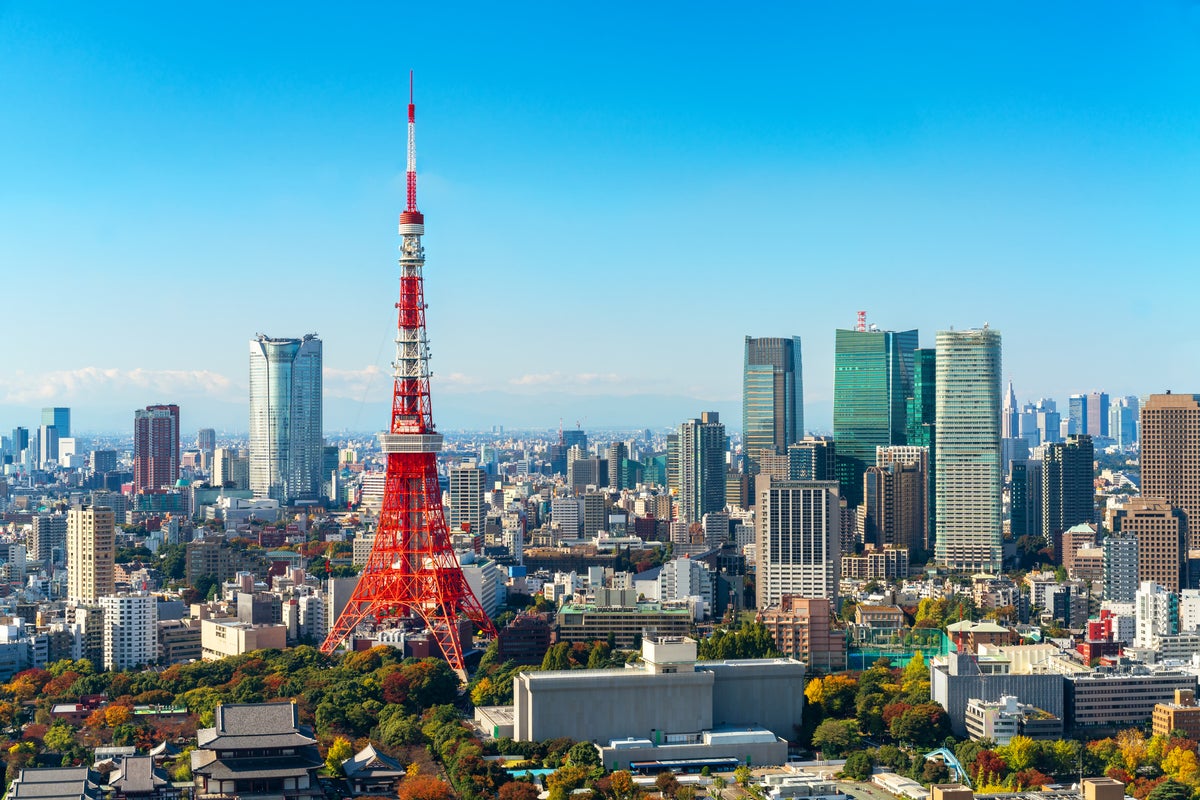
Australia returned the remains of four Indigenous people to Japan from where they were taken for research purposes before 1940.
On 8 May, the remains of four Ainu Indigenous people – that were kept in the National Museum of Australia in Canberra and the Museums Victoria in Melbourne – were returned to Japan.
Japanese government representatives and others, including a representative of an Ainu group, travelled to Australia and received the remains.
Ainu were Indigenous people from the Hokkaido, Sakhalin and Kuril islands, who had their own language and distinctive culture before they were forced to assimilate, according to local reports. Anthropologists said society had not been accepting of the Ainu, while some Indigenous communities maintain they have still not been accepted.
The Japanese government has been trying to get the remains of Ainu people from other countries too, the Asahi Shimbun newspaper reported. But this is the first time the remains of the Ainu have been returned to the country.
Local media reported remains of people from the community had been dug up for research purposes in the past and were sometimes taken without permission.
Records show the remains of one were excavated in the southern part of Sakhalin island, north of Hokkaido, during the first half of the 20th century, when it was under Japanese control.
Sakhalin is currently a Russian island.
The Japanese and Australian governments had agreed for the remains of the four Indigenous Ainu people held in Australian museums to be returned to Japan earlier in March, reported the Mainichi Shimbun.
“We are humbled and honoured to be able to return these remains to Japan. Our commitment to the return of individuals to communities is at the heart of our continuing efforts to reform our relationships to First Nations People everywhere,” said Mathew Trinca, director of the National Museum of Australia.
“Museums Victoria is committed to the repatriation of First Peoples Ancestral Remains and Cultural Material, and we are honoured to be supporting the return of these Ancestors to resting places in Japan,” said Museums Victoria CEO and director Lynley Crosswell.
The four sets of remains had reached Australia from Japan between 1911 and 1936.
In a statement, the Australian government said it “supports the repatriation of Australian Indigenous ancestral remains to their communities of origin through the Indigenous Repatriation Program to help promote healing and reconciliation”.
A survey conducted by the Japan government, the findings of which were announced in April 2019, revealed “1,574 sets of Ainu remains and 346 boxes of unidentifiable Ainu remains disinterred in Hokkaido and other areas were being kept by 12 universities in Japan”.
Of these, 1,323 sets of remains and 287 boxes were transferred to a memorial facility at the Upopoy National Ainu Museum and Park located in Shiraoi, Hokkaido by October 2020.
Meanwhile, members of the Ainu Association of Hokkaido and the Enciw Bereaved Families Association, a group of descendants of the Ainu people who lived on Sakhalin said this was a progressive step.
Mamoru Tazawa, the 67-year-old chairman of the Enciw bereaved families association, told local media that “we have finally moved a step forward. But our existence has still not been accepted”.
Historical records suggest that a professor of anatomy, Yoshikiyo Koganei at the University of Tokyo, as well as another professor, had donated three remains to Australian researchers prior to 1940.
Remains of one person that Museums Victoria had kept were excavated near the mouth of the Poronay river in the southern part of Sakhalin in 1936.
Hokkaido University will temporarily keep the remains found in the southern part of Sakhalin, while the remains of the other three Ainu people are being kept at the Upopoy National Ainu Museum and Park in Shiraoi, Hokkaido.







